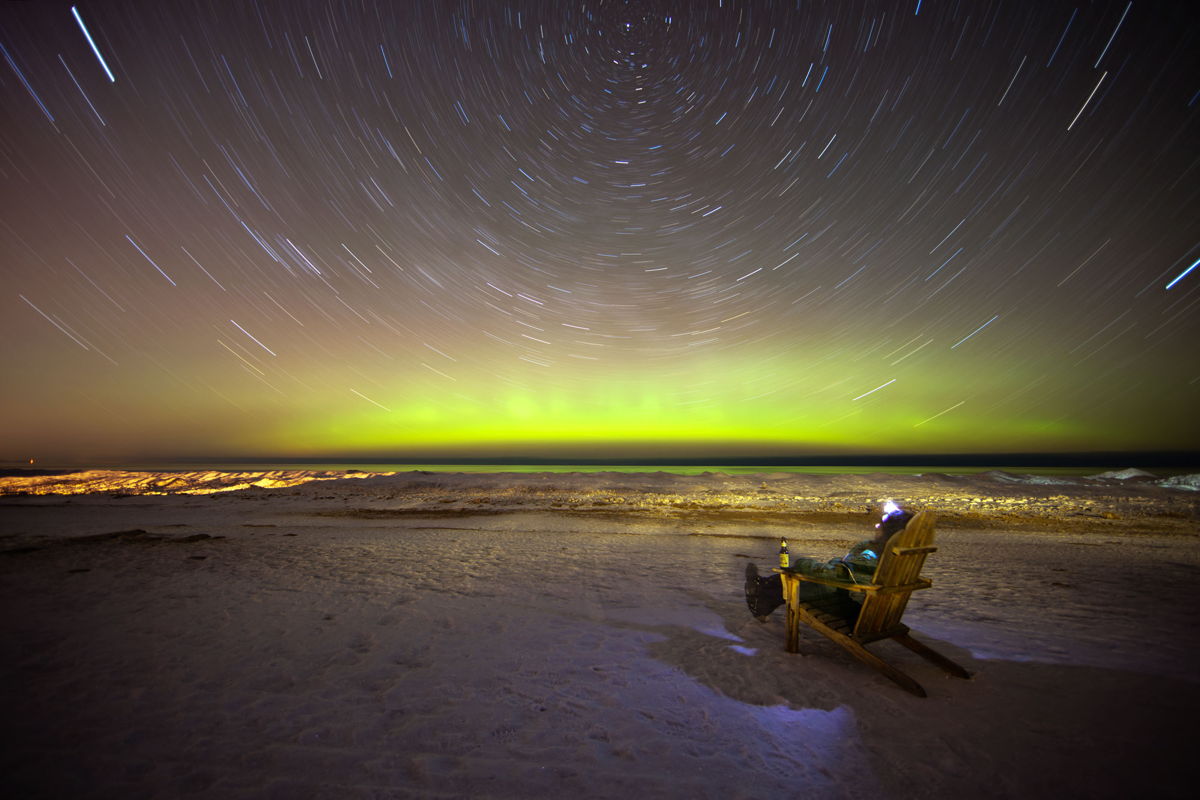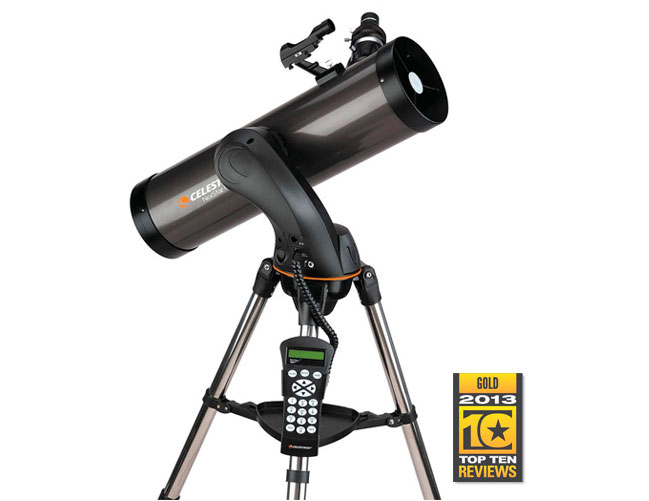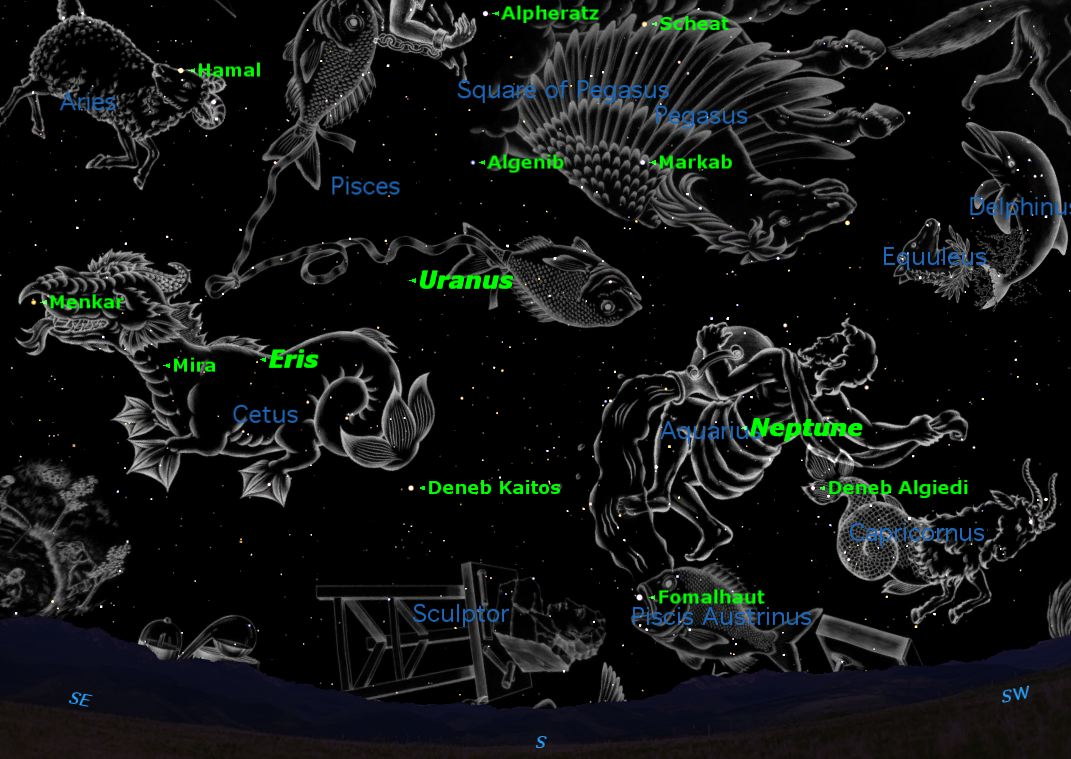Winter Stargazing: Skywatching Tips and Tricks for Cold Northern Nights

For much of the contiguous United States this winter has been marked by perpetual ice, snow as well as the now infamous polar vortex.
Such conditions might make even the most committed stargazer think twice before venturing outdoors. Stepping outside to enjoy a view of the constellation Orion, Jupiter or even just the waxing moon these frosty nights takes only a minute or two, but if you plan to stay outside longer, remember that enjoying the starry winter sky requires protection against the cold temperatures.
The best garments are a hooded ski parka and ski pants, both of which are lightweight and provide excellent insulation. And remember your feet. Two pairs of warm socks in loose-fitting shoes are quite adequate; for protracted observing on bitter-cold nights wear insulated boots. [See amazing photos taken by skywatchers in February 2014]
Reach for the binoculars
In weather like this, one quickly will realize the advantage of using a pair of good binoculars over a telescope. A person who attempts to set even a so-called "portable" scope up in bitter temperatures or blustery winds might give up even before he or she got started.
But binoculars can be hand-held (or maybe we should say glove-held) and will produce some quickly magnified images of celestial objects before rushing back inside to escape the frigidity.
Transparency
Breaking space news, the latest updates on rocket launches, skywatching events and more!
In their handy observing guide, "The Stars" (Golden Press, N.Y.), authors Herbert Zim and Robert Baker write that "the sky is never clearer than on cold, sparkling winter nights. It is at these times that the fainter stars are seen in great profusion. Then the careful observer can pick out dim borderline stars and nebulae that cannot be seen when the sky is less clear."
What Zim and Baker were referring to is sky transparency, which is always at its best during the winter season. That's because Earth's atmosphere is not as hazy because it is less moisture laden. Cold air has less capacity to hold moisture, therefore the air is drier and thus much clearer as opposed to the summer months when the sky appears hazier.
But this clarity can also come at a price.
Seeing through the twinkles
If you step outside on one of those "cold, sparkling nights" you might notice the stars twinkling vibrantly. This is referred to as scintillation, and to the casual observer looking skyward, they might think of such a backdrop as the perfect night for an astronomer, but it isn't.
This is because when looking skyward, skywatchers are trying to see the sky through various layers of a turbulent atmosphere. Were we to train a telescope on a star, or a bright planet like Mars, what we would end up with is a distorted image that either seems to shake or quiver or simply "boils" to the extent that you really can't see very much in terms of any detail.
This type of condition will usually occur right after a cold frontal passage or a large storm has passed by. The air is churned both by gusty winds down at the ground and especially aloft in the high levels of the atmosphere. This is a night of poor seeing.
Good or excellent seeing, on the other hand comes on a night when the transparency might not be so optimal and yet overall, winds are not as strong. Interestingly, those who careful scrutinize the planets with moderate-to-large telescopes say that that the very best nights that bring out the greatest amount of detail are not those sparkling clear winter nights, but rather those hazy, perhaps even bordering on murky summertime skies, when few stars are visible. Call it "atmospheric schmutz." [Best Night Sky Events of February 2014 (Star Charts and Maps)]
Then, ironically, the images can appear almost rock-steady because you're looking through what is, in essence, a stagnant air mass. There is not much in terms of boiling or quivering, and hard-to-see details on the planet's disk are better defined.
Forecasting sky conditions
If you own a telescope, you don't need to wait for balmy summer nights to get good views. Usually, a few days after a big storm or frontal passage, the center of a dome of high pressure will build in to bring clear skies and less wind. And while the sky might not seem quite as "crisp" or "pristine" as it was a few days earlier, the calming effect of less winds will afford you a view of less turbulent and clearer images through your telescope.
A great website which you can use to get an idea as to how good your sky might be on any given night, comes courtesy of Environment Canada. In addition to providing forecasts, warnings and advisories, Environment Canada utilizes a computer guidance forecast model (GEM) to provide information concerning forecasts specific to clouds, transparency and seeing conditions hourly for 48 hours.
The website gives access to up-to-date meteorological forecasts in order to provide astronomers with information to plan their sky observation activities: http://weather.gc.ca/astro/index_e.html
If you plan on heading out on a cold winter's night — and if you're doing it while under a dome of high pressure — the fact that there is less wind means not only potentially good seeing, but also more comfort viewing conditions.
The end of winter is in sight though. The Northern Hemisphere is officially halfway through the winter season and milder, more comfortable nights are within reach.
Editor's Note: If you snap an amazing night-sky photo and would like to share it with SPACE.com for a possible story or gallery, please send images and comments (including your name and the photo's location) to managing editor Tariq Malik at: spacephotos@space.com.
Joe Rao serves as an instructor and guest lecturer at New York's Hayden Planetarium. He writes about astronomy for Natural History magazine, the Farmer's Almanac and other publications, and he is also an on-camera meteorologist for News 12 Westchester, N.Y. Follow us @Spacedotcom, Facebook and Google+. Original article on Space.com.

Joe Rao is Space.com's skywatching columnist, as well as a veteran meteorologist and eclipse chaser who also serves as an instructor and guest lecturer at New York's Hayden Planetarium. He writes about astronomy for Natural History magazine, Sky & Telescope and other publications. Joe is an 8-time Emmy-nominated meteorologist who served the Putnam Valley region of New York for over 21 years. You can find him on Twitter and YouTube tracking lunar and solar eclipses, meteor showers and more. To find out Joe's latest project, visit him on Twitter.


